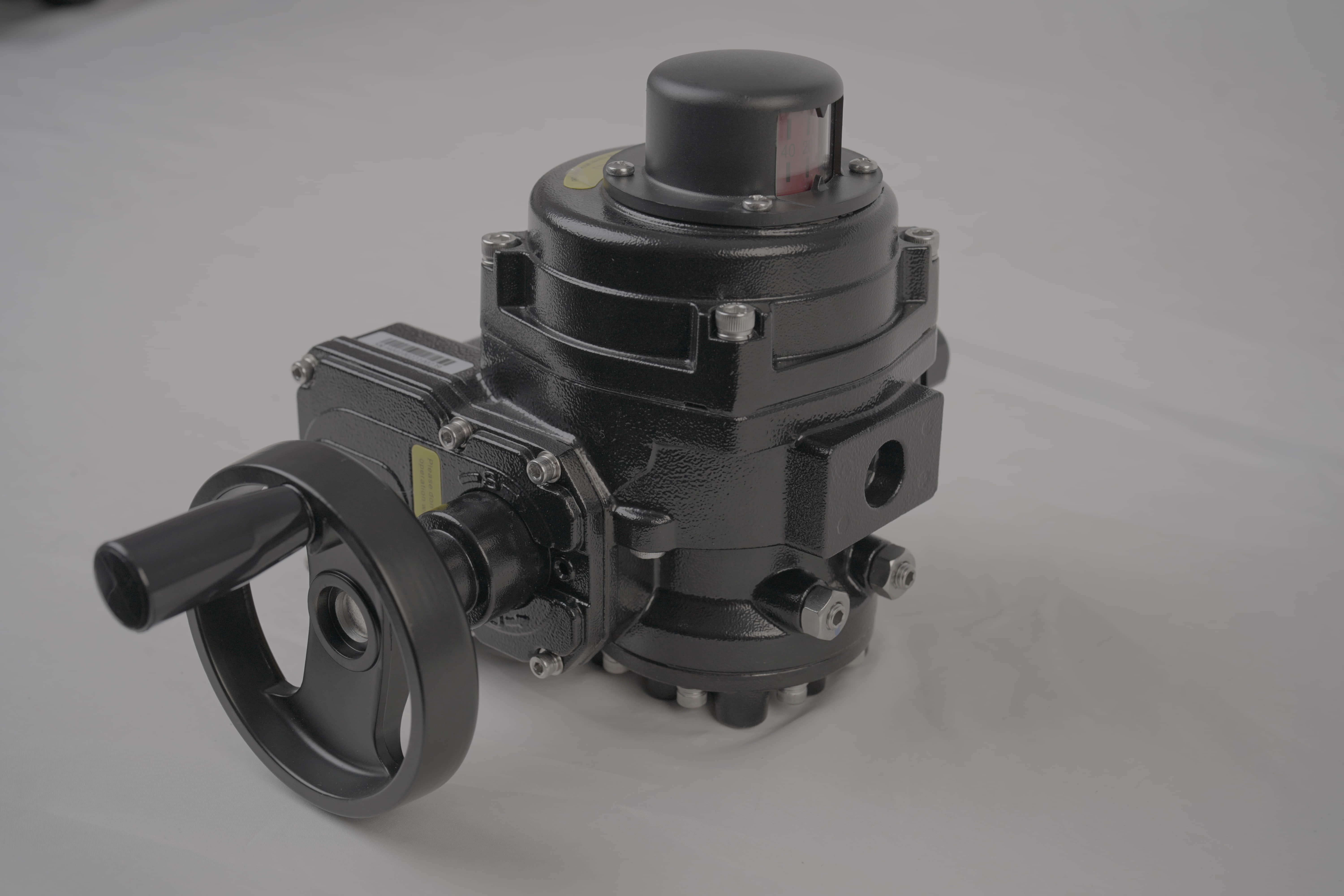understanding the wcb lithium battery valve: functionality and importance
Release time:2024-10-14 12:26:10
In the rapidly evolving world of energy storage, lithium-ion batteries have become the cornerstone of modern technology, powering everything from smartphones to electric vehicles. Within this complex system, one crucial component that ensures safety and efficiency is the WCB (Water-Cooled Battery) lithium battery valve. This article delves into the functionality, importance, and advancements of the WCB lithium battery valve, highlighting its role in enhancing the performance and safety of lithium-ion batteries.

The Role of the WCB Lithium Battery Valve The WCB lithium battery valve is designed to regulate the internal pressure of lithium batteries, particularly in high-capacity applications where heat generation is a concern. Lithium-ion batteries generate heat during charging and discharging, and if this heat is not managed effectively, it can lead to catastrophic failures, including thermal runaway. The WCB valve plays a pivotal role in preventing such scenarios by allowing excess pressure to escape while maintaining the internal atmosphere of the battery.
Design and Mechanism
The design of the WCB lithium battery valve incorporates advanced engineering principles to achieve optimal performance. It typically features a pressure-sensitive mechanism that activates when the internal pressure exceeds a predetermined threshold. Upon activation, the valve opens to release gases generated during chemical reactions within the battery, thus preventing excessive pressure buildup.

